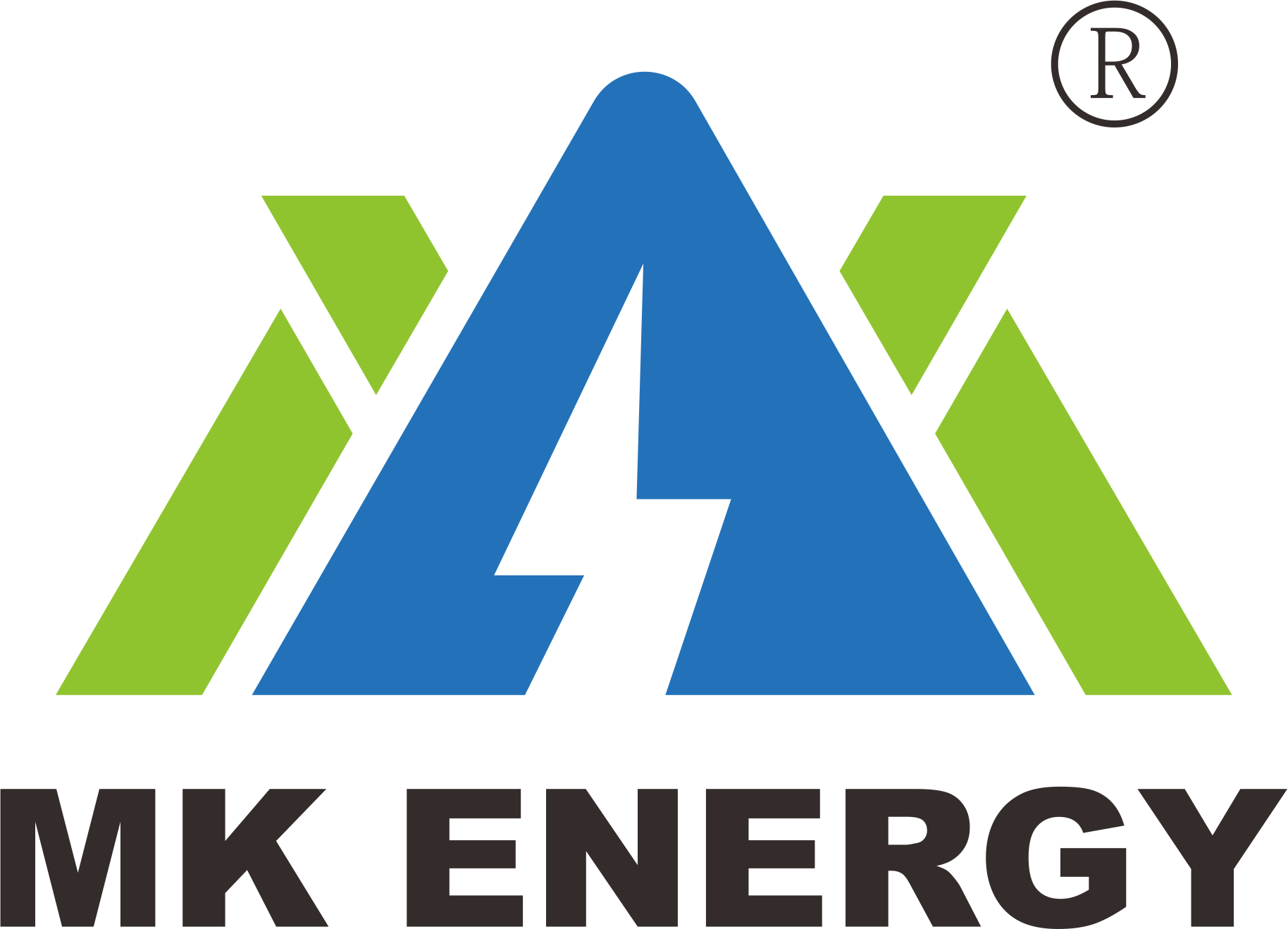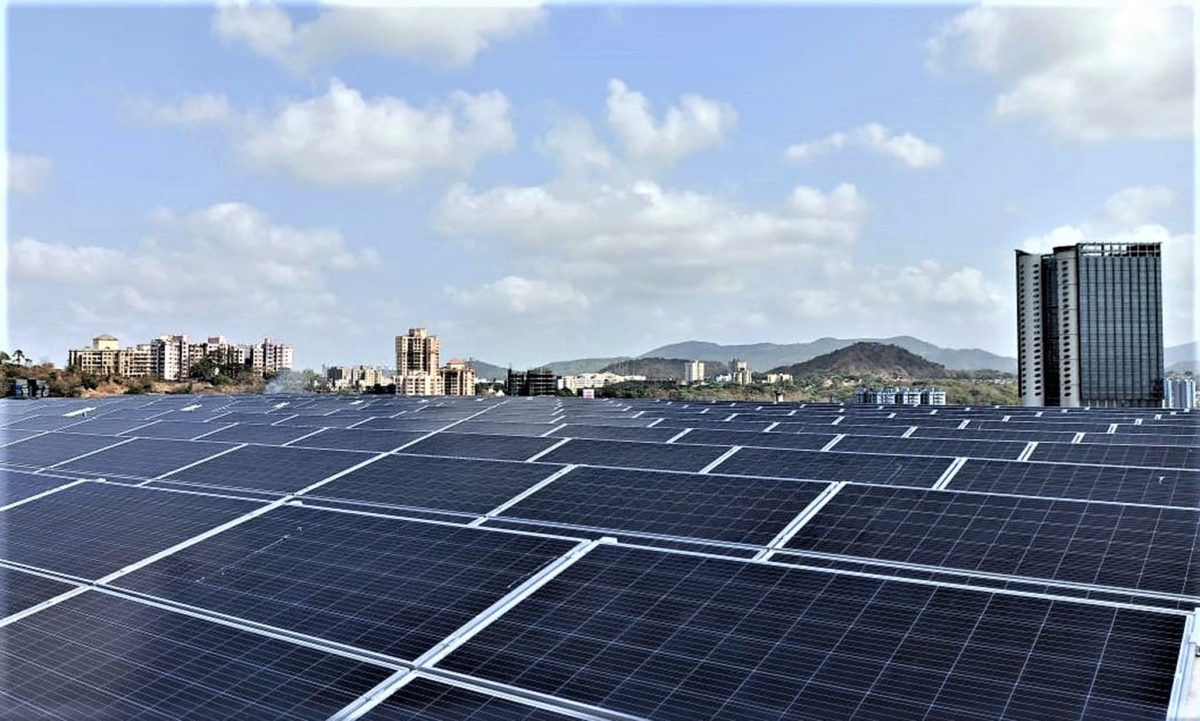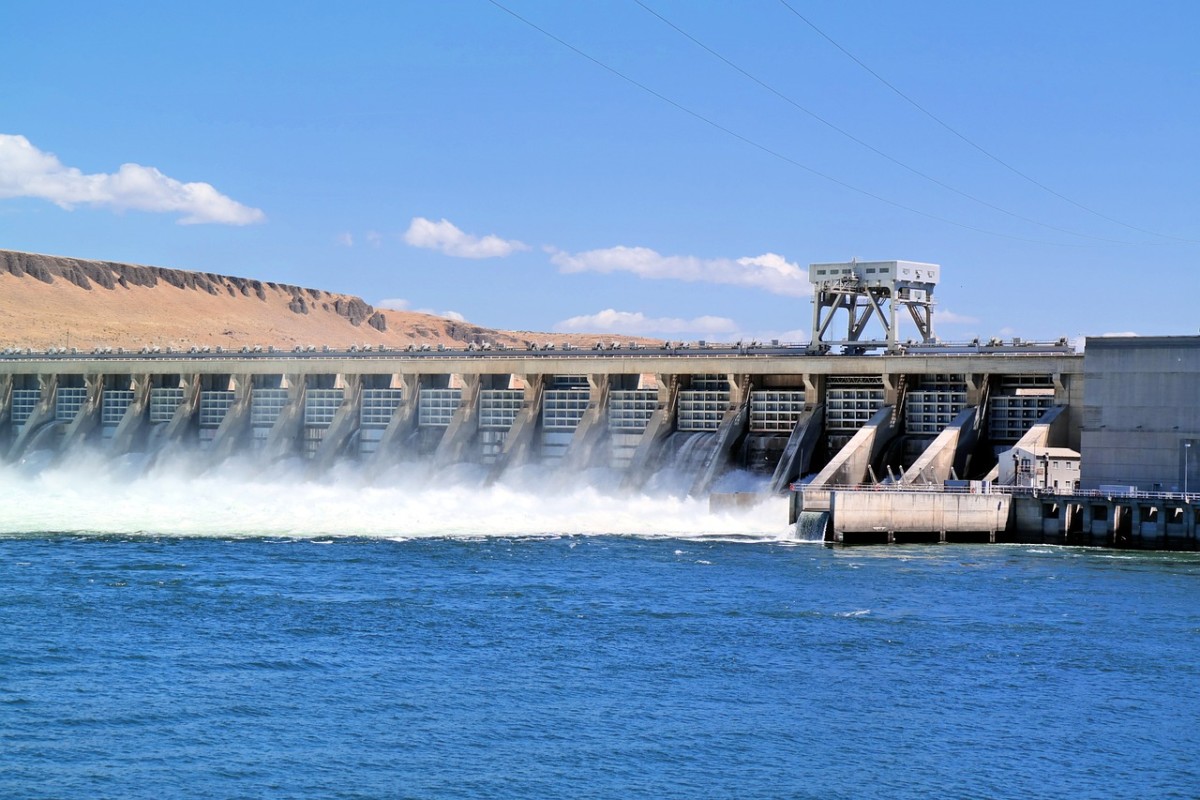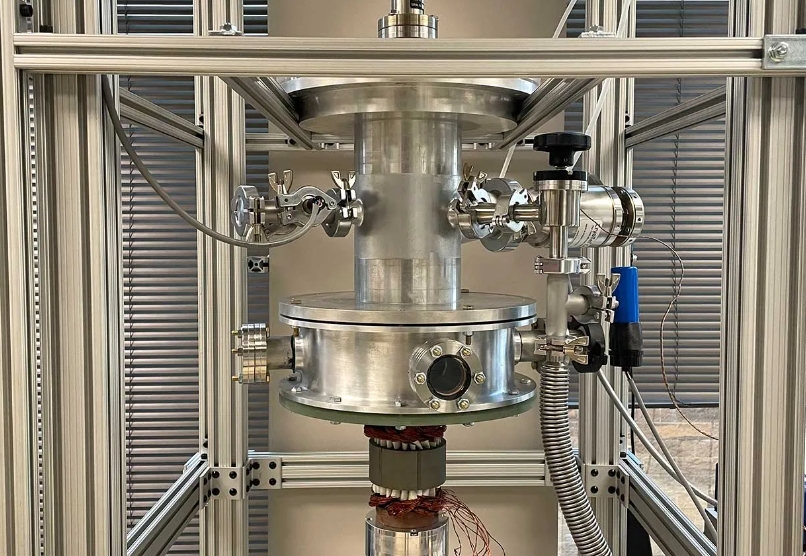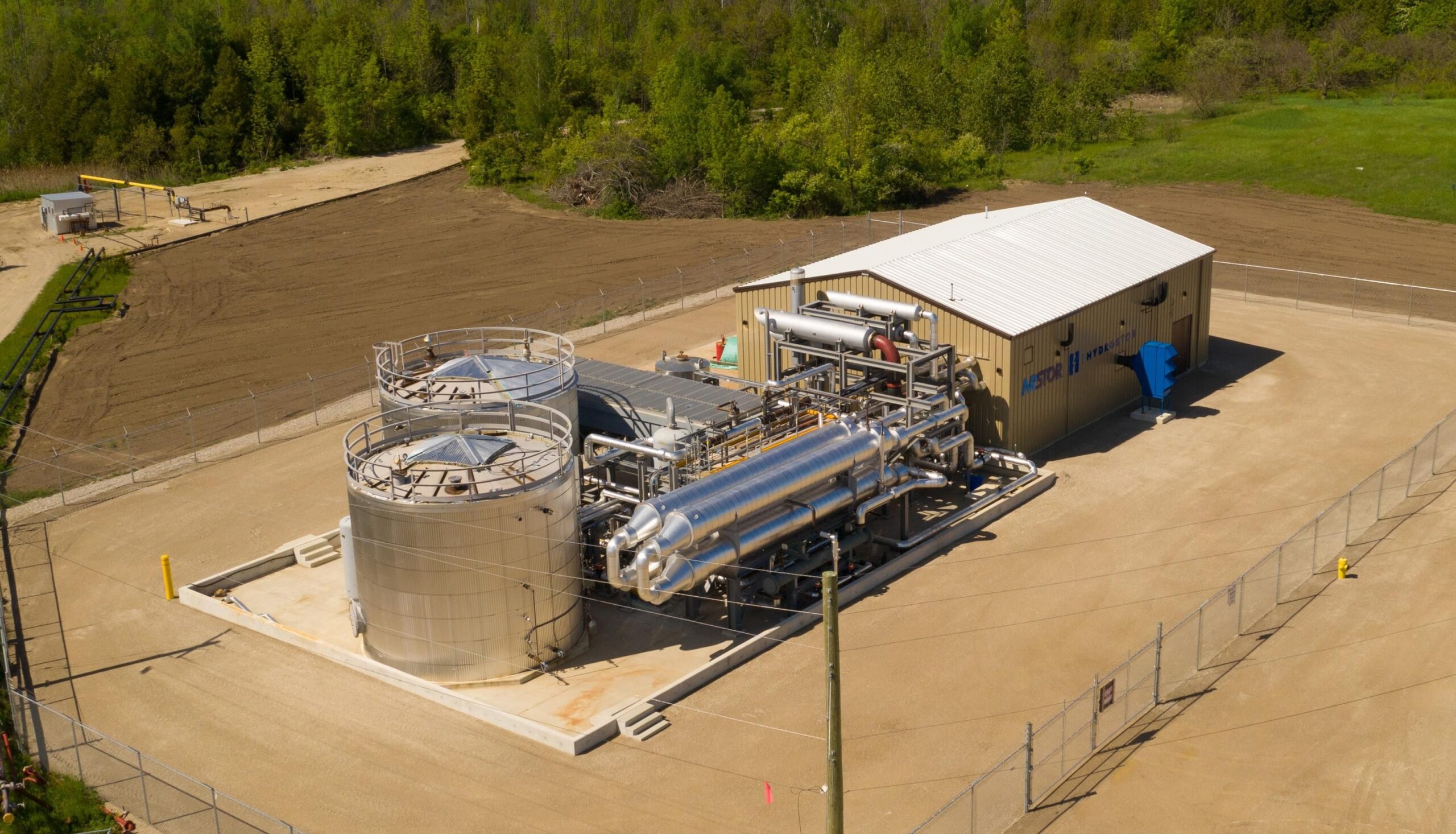In recent years, renewable energy sources such as solar and wind have gained tremendous attention as sustainable alternatives to traditional fossil fuels. This is where corporate procurement of renewable energy storage comes into play. By investing in energy storage solutions such as batteries, pumped hydro, and thermal storage, businesses and individual consumers can store and deploy excess energy generated when needed, ensuring a continuous, uninterrupted electricity supply. We will share different renewable energy storage procurement in this guide.
Explore battery storage solutions for renewable energy procurement
Battery storage systems are one of the most versatile and widely adopted solutions for renewable energy storage procurement. Baterías de iones de litio have attracted attention due to their high energy density, fast response time, and scalability. These batteries can store excess energy produced by renewable energy sources such as solar panels or wind turbines and release it when demand is high or renewable energy generation is low. At the same time, corresponding advances in battery technology have also promoted the development of innovative solutions, such as flow and solid-state batteries, providing higher efficiency and durability for renewable energy storage procurement.
In addition, battery storage solutions offer grid stability and resiliency benefits. They can provide ancillary services such as frequency regulation, voltage support, and grid balancing, helping to stabilize the grid and mitigate the impact of intermittent renewable energy generation. Batteries can quickly respond to fluctuations in supply and demand to keep the grid reliable and resilient.
Harnessing pumped hydro to boost renewable energy procurement
Pumped hydro is another option for renewable energy storage procurement, especially in areas with suitable terrain. Their process of pumping water uphill to store energy and then releasing it downhill to generate electricity can achieve efficiencies of over 80%, making it one of the most efficient energy storage technologies available. This efficiency enables efficient energy storage and retrieval, reducing energy losses and maximizing the use of renewable energy. Pumped hydro systems offer significant storage and long-term discharge capabilities, making them ideal for balancing renewable energy generation and demand fluctuations. In addition, pumped hydro provides considerable energy storage capacity and flexibility. Large amounts of water can be stored for long periods; thus, energy can be stored for long periods to meet fluctuating energy demands.
Explore thermal energy storage solutions for renewable energy procurement
Thermal energy storage is also an option when purchasing renewable energy. They can store excess thermal energy generated by renewable energy sources during periods of high production. The stored thermal energy can be used when renewable energy power generation is low or demand is high, effectively balancing supply and demand and ensuring a stable and reliable energy supply. Many types of thermal energy storage technologies exist, including sensible heat storage, latent heat storage, and thermochemical storage. Practical heat storage involves storing thermal energy by increasing the temperature of a storage medium such as water, oil, or molten salt. Latent heat storage utilizes phase change materials, such as paraffin or salt hydrates, to store thermal energy through melting and solidification processes.
Additionally, thermal energy storage provides flexibility and scalability to energy storage solutions. Depending on the application’s specific requirements, these systems can be designed to store thermal energy for the short or long term. Additionally, thermal energy storage can be integrated with various renewable energy technologies, such as solar thermal power plants or geothermal heat pumps, to improve their performance and reliability.
Flywheel energy storage
Flywheel energy storage can provide fast response times and release energy quickly. Flywheels can quickly store excess energy generated during high renewable energy production periods and remove it when production is low or demand is high. This rapid response capability helps balance supply and demand, ensuring a stable and reliable energy supply even when renewable energy sources are intermittent or fluctuating. In addition, flywheel energy storage has higher efficiency and density than other energy storage technologies. Flywheels can achieve energy conversion efficiencies of over 90%, making them one of the most efficient energy storage solutions. Flywheels are essential in renewable energy procurement due to their high energy density. They facilitate compact and lightweight storage systems that organizations can easily integrate into existing infrastructure or deploy in remote or off-grid locations.
Compressed air energy storage
Renewable energy procurement also includes compressed air energy storage (CAES), which stores excess energy by compressing air into underground caverns or pressurized vessels and then releases it to generate electricity when needed. CAES systems provide large-scale storage capacity and long-duration discharge capabilities, making them suitable for balancing renewable energy generation and long-term fluctuations in demand. Additionally, CAES enhances grid stability and reliability by providing grid services such as frequency regulation, voltage support, and grid balancing. Ensures reliable energy supply by storing excess energy during periods of low demand and releasing it during periods of high demand or grid instability.
Finally
By understanding different renewable energy storage procurement options, including battery storage, pumped hydro, thermal energy storage, flywheel energy storage, and compressed air energy storage, businesses and consumers can optimize energy management, improve grid reliability, and accelerate business deployment of renewable energy.
